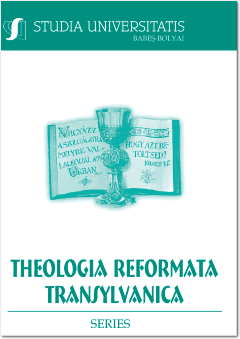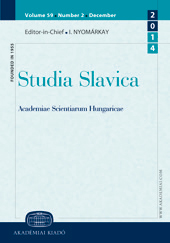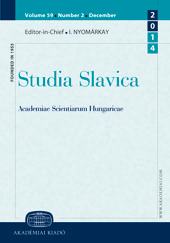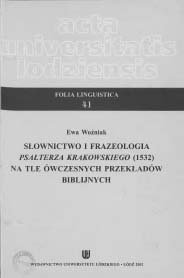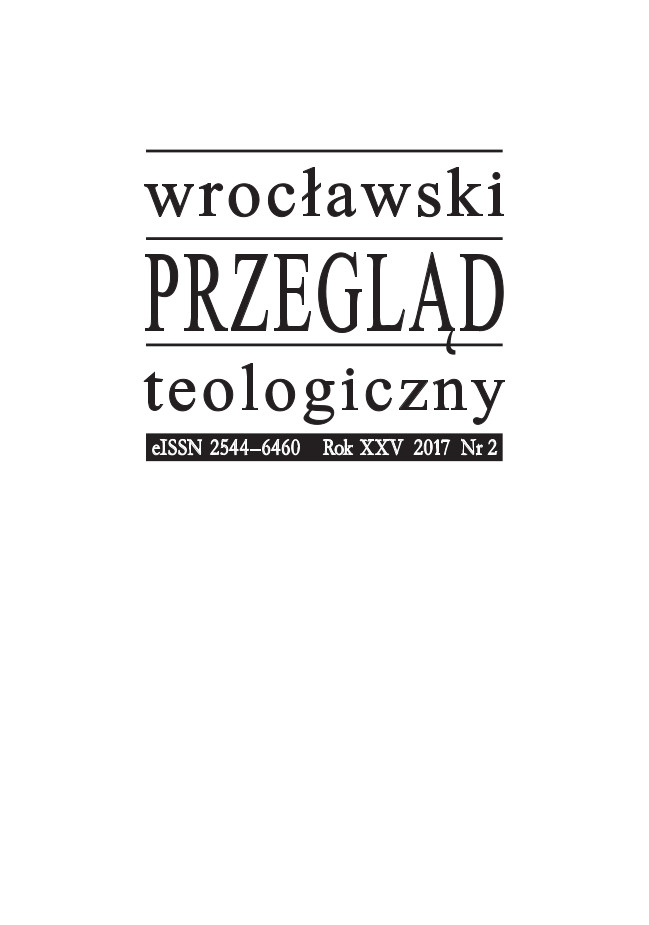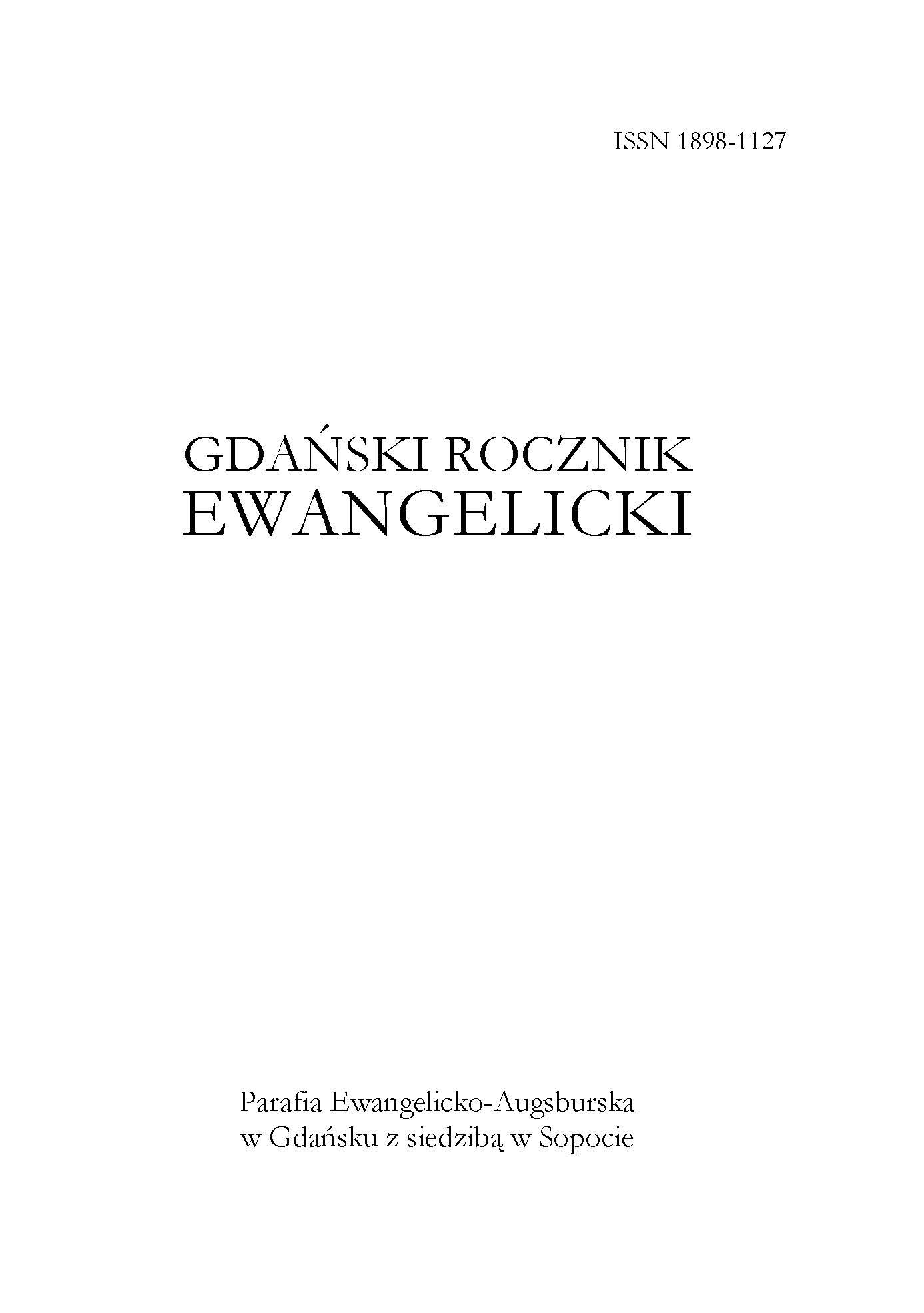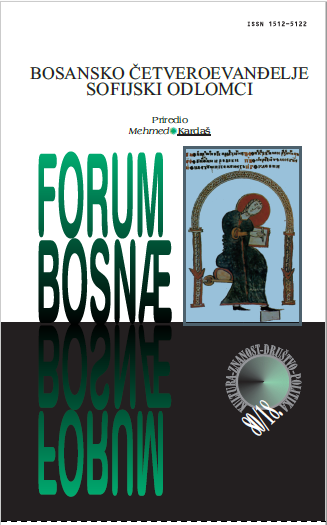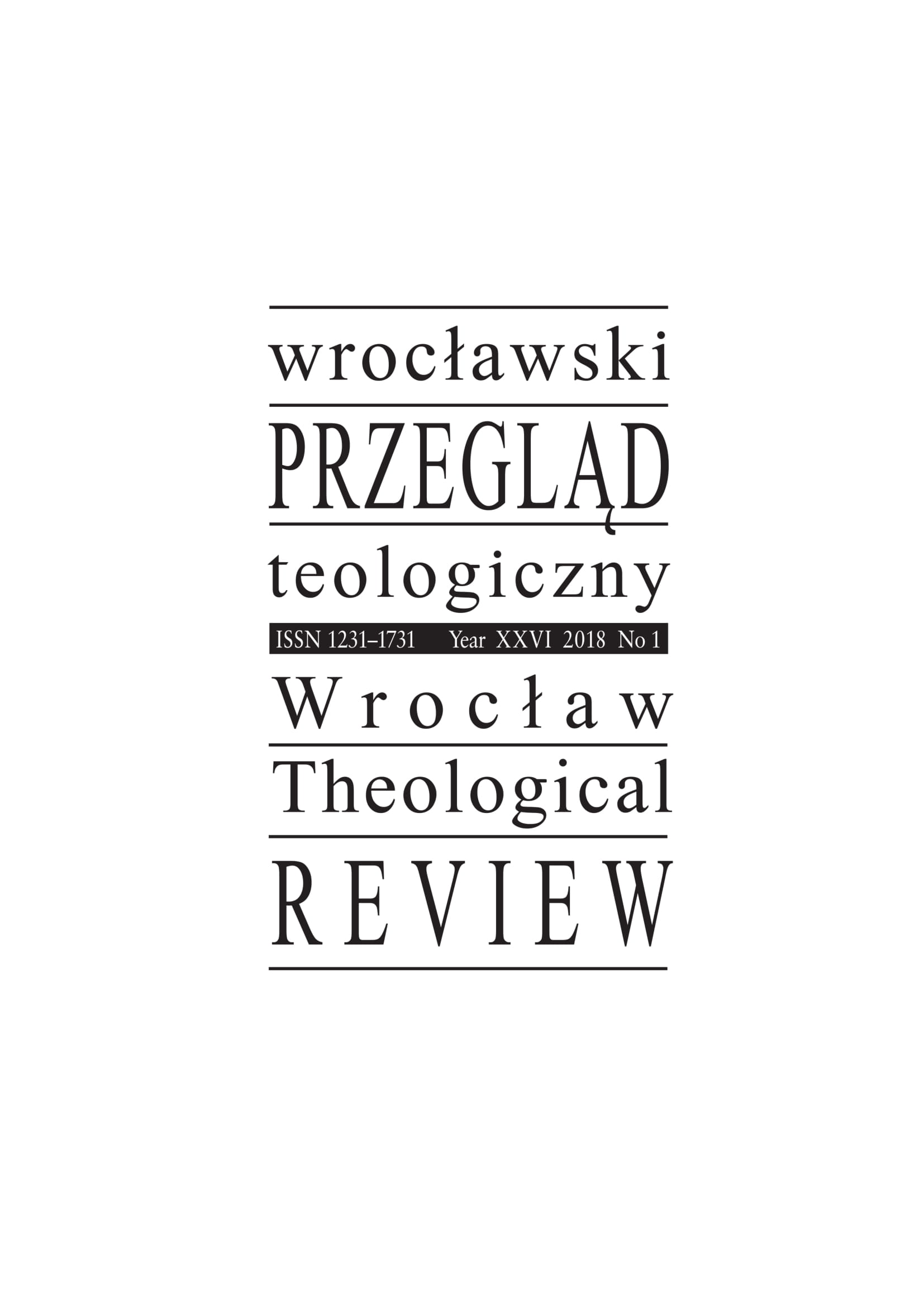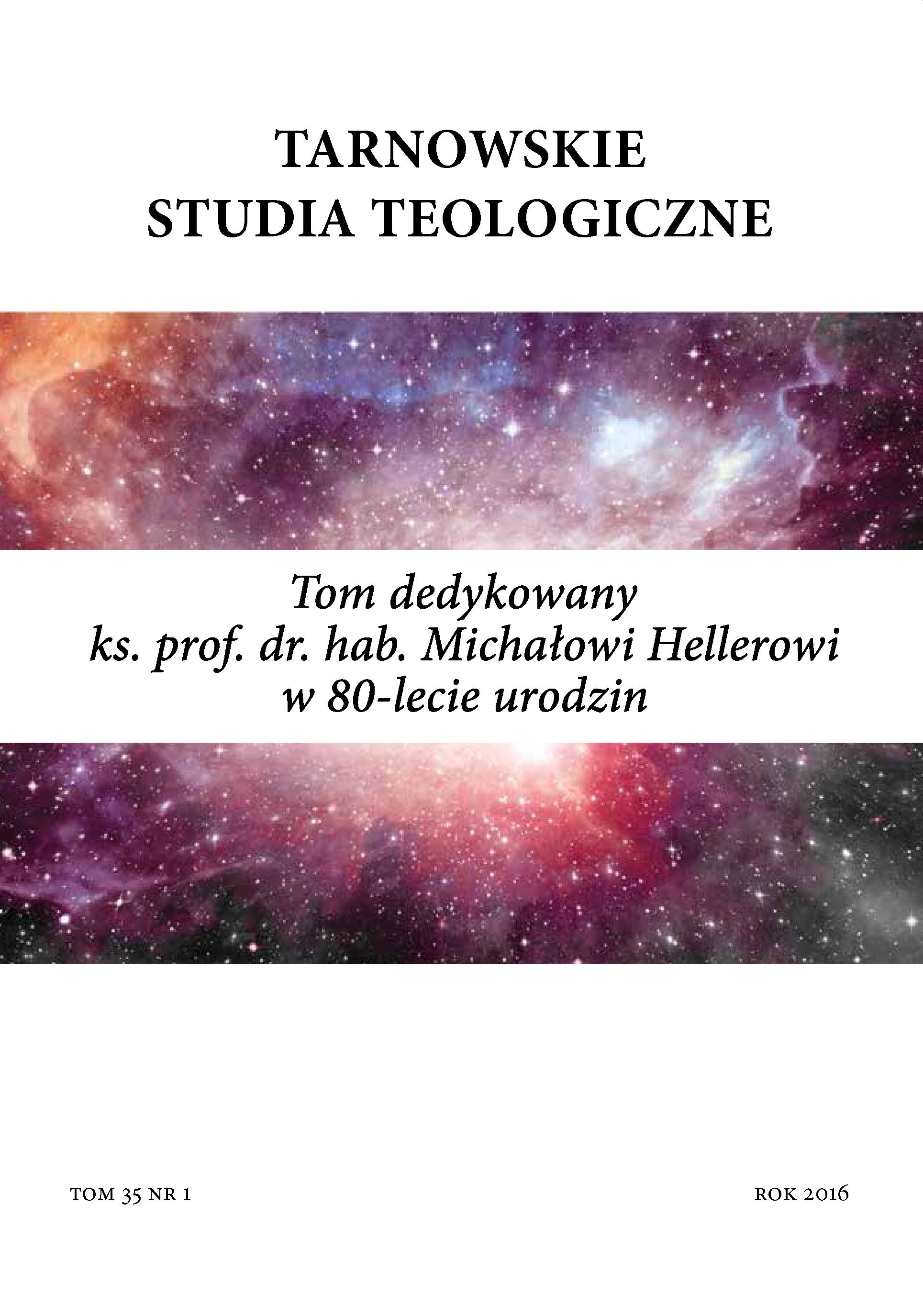
Septuaginta – pragnienie poznania Biblii
Septuaginta, zawierając teksty nieobecne w Biblii hebrajskiej i będąc równocześnie dostojnym, starożytnym jej tłumaczeniem, nie jest jedynie przekładem. Nie jest także tylko Księgą dla starożytnych, ale winna być również i dla nas niezwykle cennym Tekstem. Powstała bowiem jako rzeczywiste pragnienie poznania Biblii. Dzięki Septuagincie tekst Biblii hebrajskiej stał się dostępny zarówno dla Żydów, jak i dla Greków. Biblia grecka była użyteczna dla potrzeb literackich, prawniczych i synagogalnych. Tekst ten pomagał także w zbliżeniu się do tajemnicy Jezusa Chrystusa i poznaniu jej. The Septuagint which contains texts not presented in the Hebrew Bible is at the same time its formal and ancient translation. It is not just an interpretation either. It is not meant only for the ancient societies, but should be treated as a valuable Text by contemporary people as well. The Book was created as a result of the need to learn the Bible. The Septuagint made the texts of the Hebrew Bible accessible for both the Jews and the Greeks. The Greek Bible became useful for literary, legal and synagogical purposes. Undeniably it helped people get closer to the mystery of Jesus Christ.
More...
